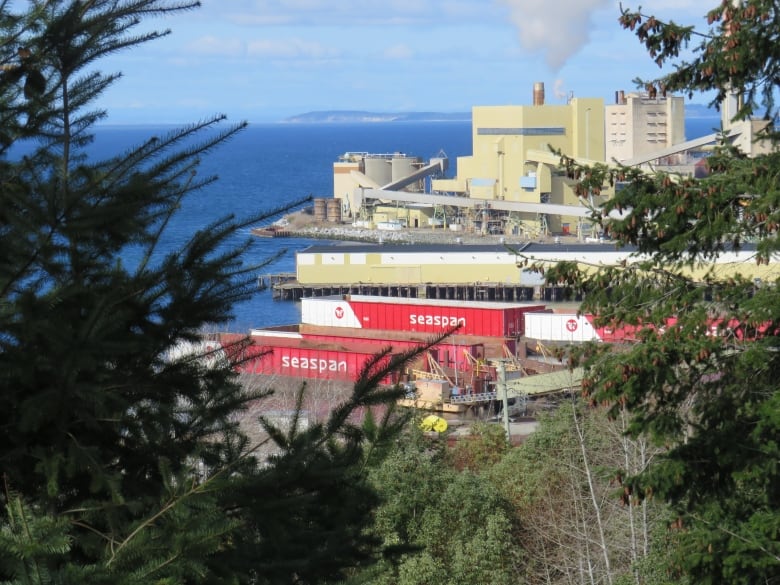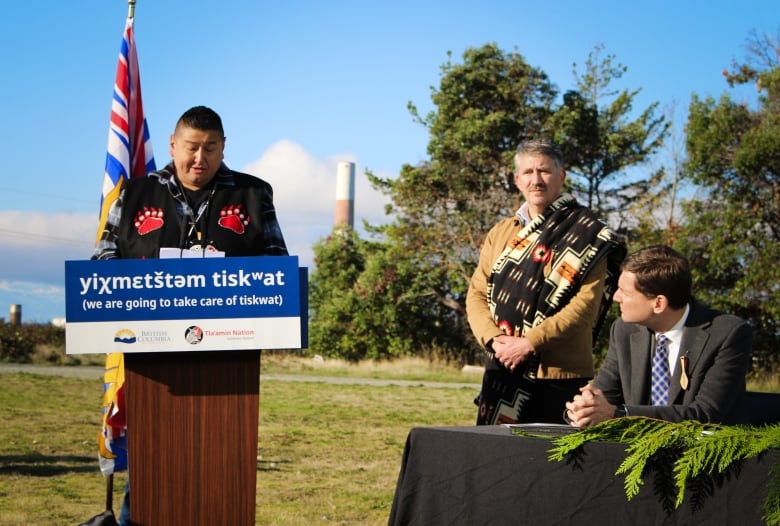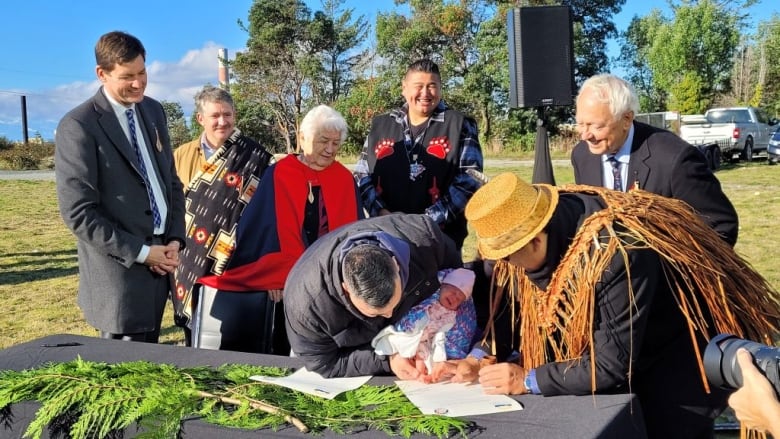The province of British Columbia and the Tla’amin Nation have signed a memorandum of understanding (MOU) to work together in protecting tiskʷat, the historic village site of the nation. Located in Powell River on the Sunshine Coast, around 120 kilometers northwest of Vancouver, tiskʷat has a significant cultural and historical importance to the Tla’amin people.
Restoring the Village Site
Tiskʷat, which was home to a pulp and paper mill for the last century, holds great significance for the Tla’amin Nation. The city of Powell River, named after Israel Powell, the superintendent of Indian affairs in B.C. during the late 19th century, has a troubling history related to residential schools and the suppression of Indigenous cultural practices like the potlatch.
In the late 1880s, the Tla’amin people were forcibly removed from their village, and subsequent developments, including the damming of their salmon-bearing river and the construction of the mill, further impacted their cultural heritage and economic prosperity.
Collaborative Efforts
The recently signed MOU, known as yixmɛtštəm tiskʷat (meaning “we are going to take care of tiskʷat”), outlines three key areas of collaboration between the province and the Tla’amin Nation. These areas include environmental stewardship, economic development, and the Tla’amin Nation’s long-term goal of regaining ownership of the land.

The Tla’amin Nation is actively working towards purchasing the site from its current owner, Paper Excellence. The nation believes that local ownership of tiskʷat aligns with their deep connection to the land and their commitment to being accountable to their ancestors, future generations, and neighboring communities.
While the purchase is still being negotiated, the Tla’amin Nation is also prepared to collaborate with the province and future owners to ensure the environmental stewardship of the site, which is currently contaminated due to the previous mill operations.
Promoting Sustainable Development
In envisioning the future of tiskʷat, the Tla’amin Nation plans to prioritize low-carbon economic projects such as clean fuel production and land-based aquaculture. Additionally, the development of market housing aims to benefit not only the Tla’amin community but also the broader Powell River region.
Chief John Hackett, known as Hegus, acknowledges the ongoing efforts of the current government in reaching this agreement. The Tla’amin Nation has persistently fought for the restoration of tiskʷat, and today, their voices are being heard.

Murray Rankin, B.C.’s Minister of Indigenous Relations and Reconciliation, also attended the signing of the MOU. Rankin emphasized that while the MOU does not include any immediate funding, it is a commitment from the province to support the Tla’amin Nation in protecting the site and planning for its future.
As part of this commitment, Rankin aims to mobilize the right resources and explore opportunities to assist the Tla’amin Nation. This may involve streamlining regulatory processes, addressing licensing matters, and fostering a creative approach to overcoming obstacles. The success of the Tla’amin Nation at tiskʷat will not only benefit the nation itself but also contribute to the overall prosperity of the region.
